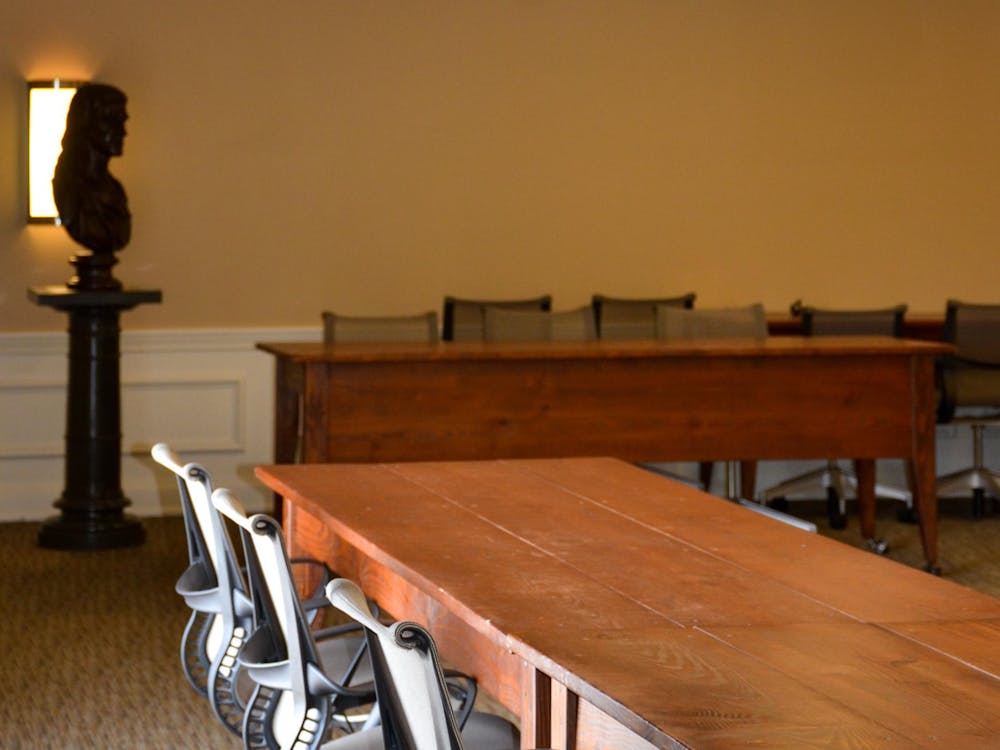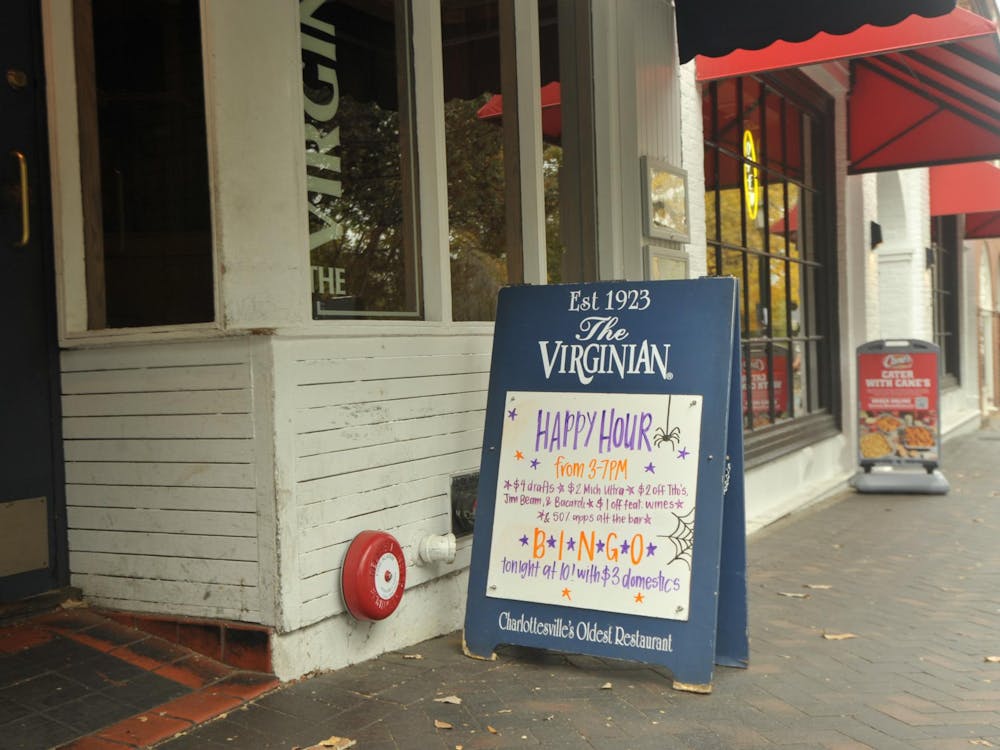Overall tuition and costs for public and private colleges have continued to rise at a mild rate this year while low-income families with children in college are facing a greater financial burden as financial aid programs at the collegiate and federal level increasingly benefit middle-income families. Additionally, Pell Grants, federal grants for undergraduates, are not providing the support they have in prior years, according to the results of a survey released Tuesday by the College Board.
The average total tuition and fees for four-year colleges and universities has risen 7.1 percent ($365) from last year to $5,491. The average total tuition and fees for two-year colleges and universities has risen 5.4 percent ($112) from last year to $2,191, and the average tuition and fees for private institutions have risen 5.9 percent ($1,190) from last year to $21,235, the survey stated.
The survey on financial aid states that there has been an increasing trend of colleges and universities focusing on affecting students' choices of colleges through aid programs and reducing financial strain on middle-income families in addition to providing increased merit-based aid. The survey also states that most of the federal aid is focused on need-based aid and education tax benefits, both of which concentrate on middle and upper-income families.
Additionally, despite the fact that Pell Grant expenditures have risen 50 percent over the past five years, and the number of recipients has gone up 36 percent, the buying power of the grants decreased for the second year in the row.
The University has enough institutional funds to make up for the waning strength of the Pell Grants, and students will not be negatively affected, University spokesperson Carol Wood said.
The University has always focused on need-based aid despite the fact that the University offers two forms of major merit-based aid, the Jefferson scholarship and the University Achievement Award, Wood said.
The University, which has experienced tuition increases over the past few years, puts a large degree of that funding toward AccessUVa, a program designed to alleviate some of the financial burden on middle- and lower-income students who face debts of over 25 percent of the four years of tuition at the University (currently $16,000), rather than infrastructure costs, Wood said.
The University's tuition costs have been incredibly varied over the past 10 years as a result of the state's inability to consistently provide steady funding for the University while still maintaining the ability to roll back, freeze or increase the University's tuition cost, Wood said. In the 2003-2004 academic year, the state provided 8.1 percent of the University's budget and was surpassed in monetary support by the endowment and financial gifts. By contrast, the state provided 30.8 percent of the University's budget in the 1980-1981 academic year, Wood said.
This drop in state funding strained the University's budget so much that the University was allowed to raise its own tuition in 2003-2004, she said.
The College Board's annual survey of colleges, the results of which are reported in two separate reports on college tuition trends and financial aid trends, collects information about multiple aspects of undergraduate education from more than 3,000 postsecondary intuitions across the nation.






